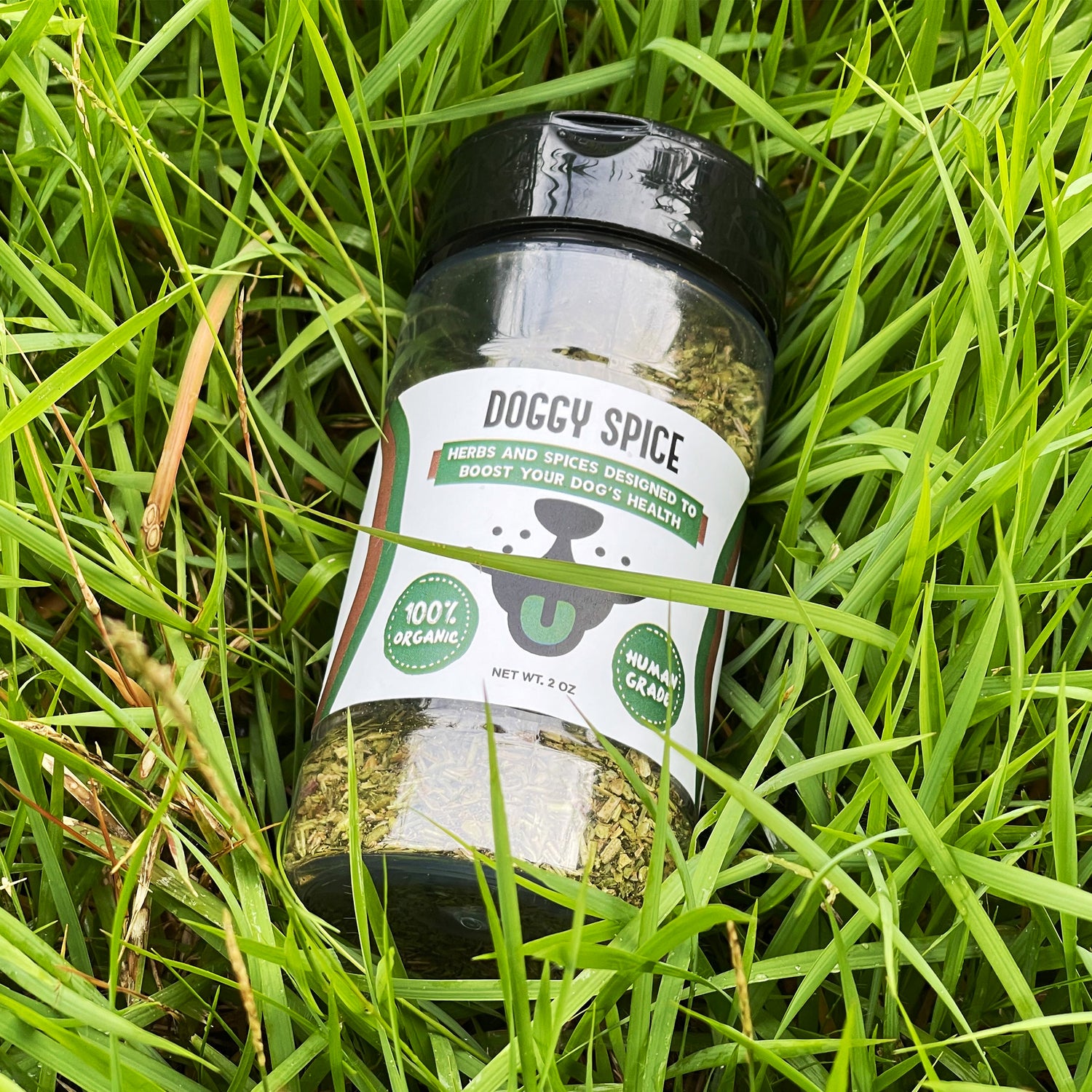
How to Introduce a New Puppy to an Older Dog
Share
Introduction
Bringing a new puppy into a home with an older dog can be an exciting yet challenging experience. Ensuring a smooth introduction requires planning, patience, and a clear understanding of both dogs' needs. In this guide, we'll explore strategies and tips to help your pets bond while avoiding common pitfalls. 🐕🐾
Why Is a Proper Introduction Important?
Adding a new puppy to your household affects your older dog’s routine and emotional well-being. A proper introduction:
- Minimizes stress for both dogs.
- Reduces the risk of aggressive behavior.
- Encourages a strong, healthy bond between the two.
Preparing for the Introduction
Create a Neutral Space 🌟
To ensure a positive first meeting:
- Choose a neutral location like a park or a neighbor’s yard to avoid territorial behavior.
- Use leashes for both dogs to maintain control.
Gather Essential Supplies 🧸
Stock up on:
- Separate food and water bowls to prevent resource guarding.
- Toys for both dogs to reduce competition.
- A crate or gated area for the puppy to establish a safe space.
Understand Your Older Dog’s Temperament 🐶
Evaluate their personality:
- Is your older dog sociable or reserved?
-
Do they tolerate high-energy behavior well?
This insight helps tailor the introduction process.
Step-by-Step Introduction Process
- Start with a Short Walk Together 🚶
- Keep both dogs on leashes.
- Walk parallel with some distance to let them observe each other.
- Gradually close the gap as they become comfortable.
- Allow Controlled Sniffing 👃
- After the walk, let the dogs sniff each other while still on leashes.
- Watch for positive signs like wagging tails and relaxed posture.
- Redirect attention if either dog shows signs of stress or aggression.
- Introduce Indoors Slowly 🏠
- Allow the older dog to explore the puppy’s scent before face-to-face interaction.
- Use barriers like baby gates to allow visual contact without full access.
- Monitor Shared Interactions 🐾
- Supervise all interactions during the initial days.
- Separate the dogs during meals and while playing with high-value toys.
- Encourage Positive Reinforcement 🌟
- Reward both dogs with treats and praise for calm, friendly behavior.
Common Challenges and Solutions
Resource Guarding
- Signs: Growling or snapping over food, toys, or attention.
- Solution: Provide individual feeding areas and equal attention.
Jealousy in Older Dogs
- Signs: Clinginess or avoiding the new puppy.
- Solution: Spend one-on-one time with your older dog to reassure them.
Overenthusiastic Puppy Behavior
- Signs: Jumping or nipping at the older dog.
- Solution: Redirect the puppy’s energy with toys or training activities.
"Introducing a new puppy to an older dog should be a gradual process to ensure both pets feel safe and secure. Using positive reinforcement during the interaction builds trust and fosters a strong bond."
— Dr. Emily Turner, Canine Behavior Specialist
Top Herbs and Spices to Keep Your Dog Healthy All Year 🌿
- Cleavers (Galium Aparine) - Supports lymphatic health
- Rosemary- Antioxidant-rich
- Dandelion Greens - Provides vitamins A, C, and K
- Basil - Calming properties
- Peppermint - Aids digestion
- Celery Seeds - Anti-inflammatory benefits
- Dill - Rich in antioxidants
- Oregano - Immune-supporting
- Parsley - Supports fresh breath
- Thyme - Immune booster
- Ginger - Soothes stomachs
- Tumeric - Anti-inflammatory properties
These herbs and spices can easily be incorporated into your dog’s meals with Doggy Spice to promote overall well-being. 🌱
Creating a Safe and Comfortable Environment for Both Dogs
Introducing a new puppy to an older dog requires more than managing their interactions—it also involves creating an environment where both dogs feel safe and comfortable. Here's how to set the stage for a harmonious home:
Preparing Your Home Before the Introduction
- Designate Personal Spaces: Ensure both your older dog and puppy have their own areas to retreat to when they need alone time. This could include separate beds, crates, or quiet zones.
- Puppy-Proof the House: Remove items that a curious puppy might chew on or that could cause tension, such as the older dog’s favorite toys or bones.
- Separate Feeding Areas: Set up individual feeding spots to prevent resource guarding or food-related disputes.
- Provide Plenty of Toys: Offer a variety of chew toys and interactive items to keep the puppy occupied and reduce their chances of pestering the older dog.
Maintaining Routine and Stability for the Older Dog
- Stick to Their Routine: Avoid disrupting your older dog’s schedule for feeding, walks, and playtime, as sudden changes can increase stress.
- Reassure Your Older Dog: Spend one-on-one time with your senior dog to reinforce their importance in the household. Special attention can reduce feelings of displacement or jealousy.
Gradual Adjustments After the Introduction
- Monitor Shared Spaces: During the initial weeks, supervise the areas where both dogs spend time together to prevent conflicts.
- Provide Separate Relaxation Zones: Even if the dogs get along, they’ll both benefit from having separate places to unwind without interruption.
- Keep Activities Positive: Plan joint activities, such as walks or light play sessions, to build a positive association between the older dog and the puppy.
By fostering an environment that respects the needs of both dogs, you'll promote a smooth transition and a stronger bond between them.
Introducing Puppy to Older Dog Frequently Asked Questions (FAQ) 🧐
How long does it take for a puppy and older dog to get along?
It can take anywhere from a few days to several weeks, depending on the dogs’ temperaments and the introduction process.
What if my older dog growls at the puppy?
Growling is a normal warning signal. Respect the older dog’s boundaries and supervise their interactions closely.
Should I let the puppy sleep with the older dog?
Not immediately. Allow the puppy to have their own sleeping space until both dogs are comfortable with each other.
How do I prevent fights between the dogs?
Supervise interactions, provide separate resources, and intervene at the first sign of tension.
What if the older dog ignores the puppy?
This is normal and often temporary. Give the older dog time to adjust while ensuring the puppy doesn’t overwhelm them.
Additional Tips for a Smooth Transition
- Set a Routine: Maintain a consistent schedule for meals, walks, and playtime to reduce stress for both dogs.
- Puppy Socialization: Enroll your puppy in obedience classes to teach them appropriate behavior around other dogs.
- Provide Mental Stimulation: Use puzzle toys or training exercises to keep both dogs engaged.
|
Action |
Purpose |
|
Separate feeding areas |
Reduces resource guarding |
|
Use baby gates |
Ensures safe, gradual introductions indoors |
|
Supervise interactions |
Prevents fights and builds trust |
|
Reward positive behavior |
Reinforces good manners and friendly interactions |
Conclusion
Introducing a new puppy to an older dog is a rewarding journey that requires patience and effort. By following these tips and strategies, you can foster a harmonious relationship between your pets. Remember, every dog adjusts at their own pace, so take it slow and celebrate small successes. 🐕💖
References
- American Kennel Club (AKC). (n.d.). How to Introduce a Puppy to an Older Dog. Retrieved from https://www.akc.org
- Turner, E. (2023). The Importance of Positive Reinforcement in Multi-Dog Households. Canine Behavior Institute.
- Veterinary Behavior Journal. (2021). Managing Inter-Dog Relationships in Domestic Settings.

